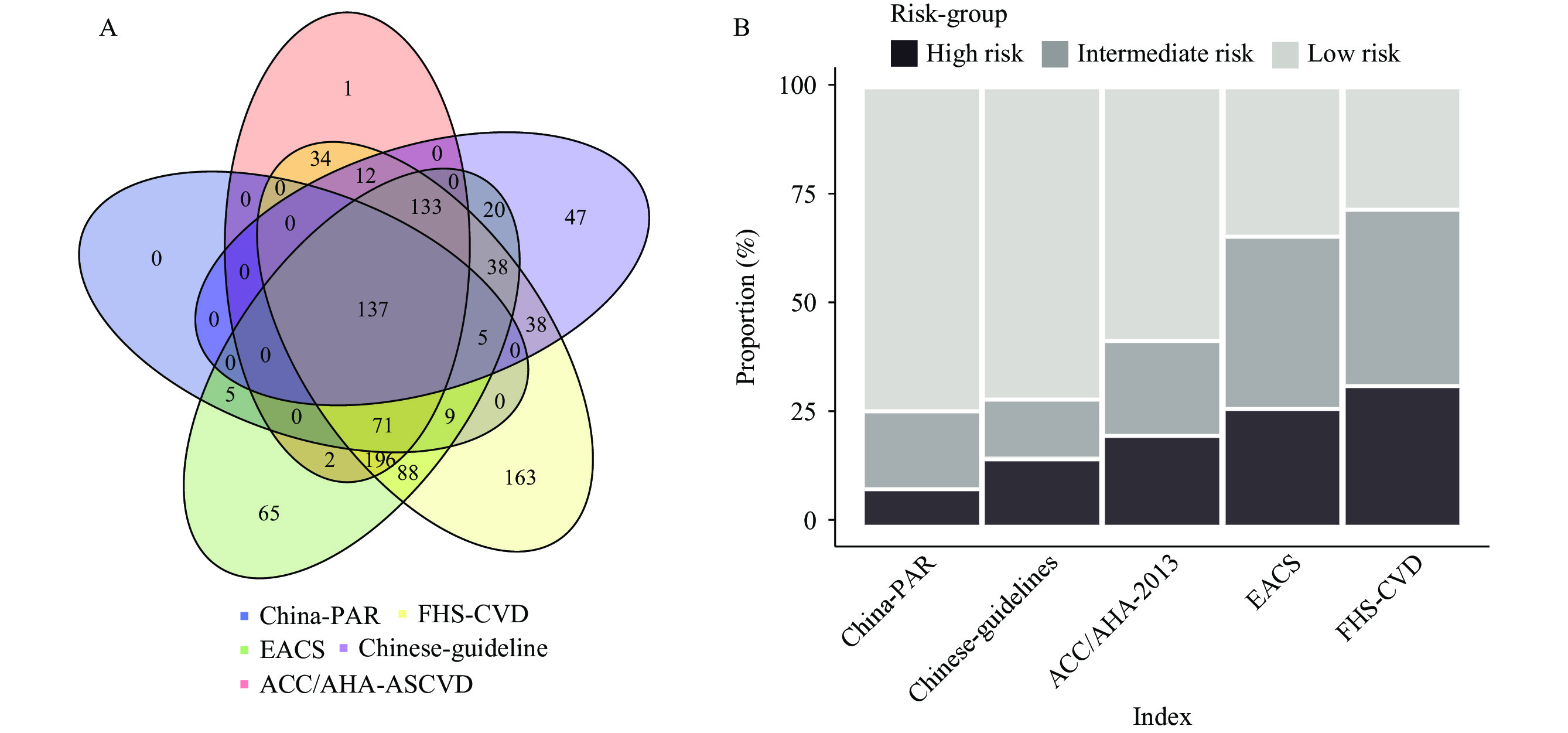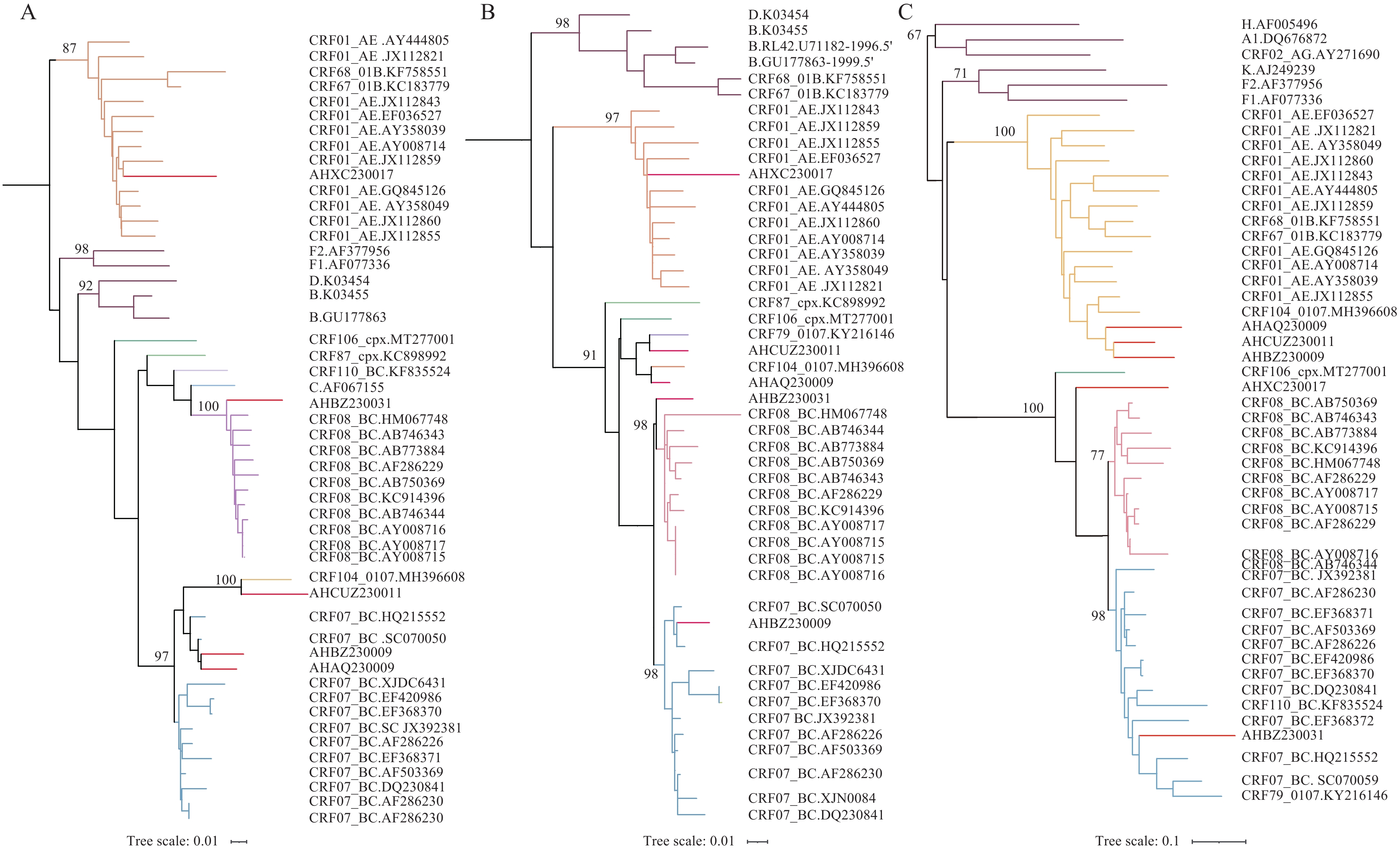2025 Vol. 7, No. 8
This study assessed the impact of antiretroviral therapy (ART) on stillbirth and neonatal mortality and investigated associated risk factors among Human immunodeficiency virus-positive (HIV-positive) pregnant women in Yunnan, China during 2013–2022.
Data from the National Information System of Integrated Prevention of Mother-to-Child Transmission of HIV, Syphilis, and Hepatitis B Program (PMTCT) were analyzed to determine stillbirth and neonatal mortality rates. Multivariate Poisson regression was employed to identify risk factors associated with stillbirth and neonatal outcomes.
Among 9,563 HIV-positive women with singleton pregnancies in Yunnan Province during 2013–2022, 9,404 (98.34%) received ART during pregnancy, while 159 (1.66%) did not. There were 9,421 live births, 76 stillbirths, and 66 neonatal deaths, yielding a stillbirth rate (SBR) of 8.07‰ and neonatal mortality rate (NMR) of 7.01‰. The SBR was significantly lower in pregnancies where ART was used (P=0.033). Univariate analysis revealed that ART (P=0.009), ethnicity (P=0.012), and antenatal care utilization (P<0.001) were associated with stillbirth and newborn survival. Multivariate Poisson regression identified that six or more antenatal care visits as an independent predictor of survival.
Stillbirth and neonatal mortality rates were elevated among mothers who did not receive ART during pregnancy compared to those who did. These findings emphasize the importance of ART during pregnancy, particularly since several mortality risk factors are amenable to intervention.
Antiretroviral therapy (ART) is transforming human immunodeficiency virus (HIV) infection into a chronic condition, leading to an altered disease spectrum in patients. The risk of cardiovascular disease (CVD) in HIV-infected individuals are twice that of the general population.
This study demonstrates elevated cardiovascular risk among the HIV population. The findings reveal that traditional CVD risk factors are prevalent among people living with HIV but remain inadequately addressed in clinical practice.
These findings underscore both the necessity and urgency of implementing systematic CVD risk screening and intervention programs for HIV population. Furthermore, the study emphasizes the critical need to develop CVD screening tools specifically calibrated for the HIV population in China.
Preexposure prophylaxis (PrEP) and postexposure prophylaxis (PEP) have been proven effective in preventing human immunodeficiency virus (HIV) transmission.
Men who have sex with men (MSM) who incorrectly used PrEP/PEP demonstrated higher HIV positivity rates compared to both correct users and non-users. Since PrEP/PEP users are more likely to engage in unprotected anal intercourse (UAI), incorrect use of these prophylactic measures may constitute a significant risk factor for HIV transmission among MSM.
It is crucial to implement strategies that guide MSM toward correct PrEP/PEP utilization while emphasizing that these prophylactic measures should not be considered substitutes for condom use.
The genetic diversity of human immunodeficiency virus-1 (HIV-1) in China is characterized by multiple subtypes, circulating recombinant forms (CRFs) and unique recombinant forms (URFs) across the country. Through timely molecular surveillance, over 65 distinct CRFs have been identified in China to date. In this study, we identified five novel URFs among newly reported HIV-1 infected individuals in Anhui Province, China.
Near-full length HIV genome sequences were obtained using two-half molecule amplification methods from five samples containing potential URFs. The sequences were subsequently subjected to phylogenetic and recombination analyses.
Phylogenetic and recombination analyses of the five near-full length genome sequences confirmed their classification as novel URFs. Among these, three sequences were recombinants of CRF01_AE and CRF07_BC, one sequence was a recombinant of CRF01_AE, CRF07_BC and B, and one sequence resulted from CRF07_BC and CRF08_BC recombination.
The identification of URFs in newly infected individuals indicates ongoing transmission of multiple HIV-1 clades in Anhui Province, with superinfection occurring at notable frequencies. These findings emphasize the importance of enhancing long-term surveillance of circulating HIV-1 clades using near-full length sequence analysis in Anhui, China.



 Subscribe for E-mail Alerts
Subscribe for E-mail Alerts CCDC Weekly RSS Feed
CCDC Weekly RSS Feed
